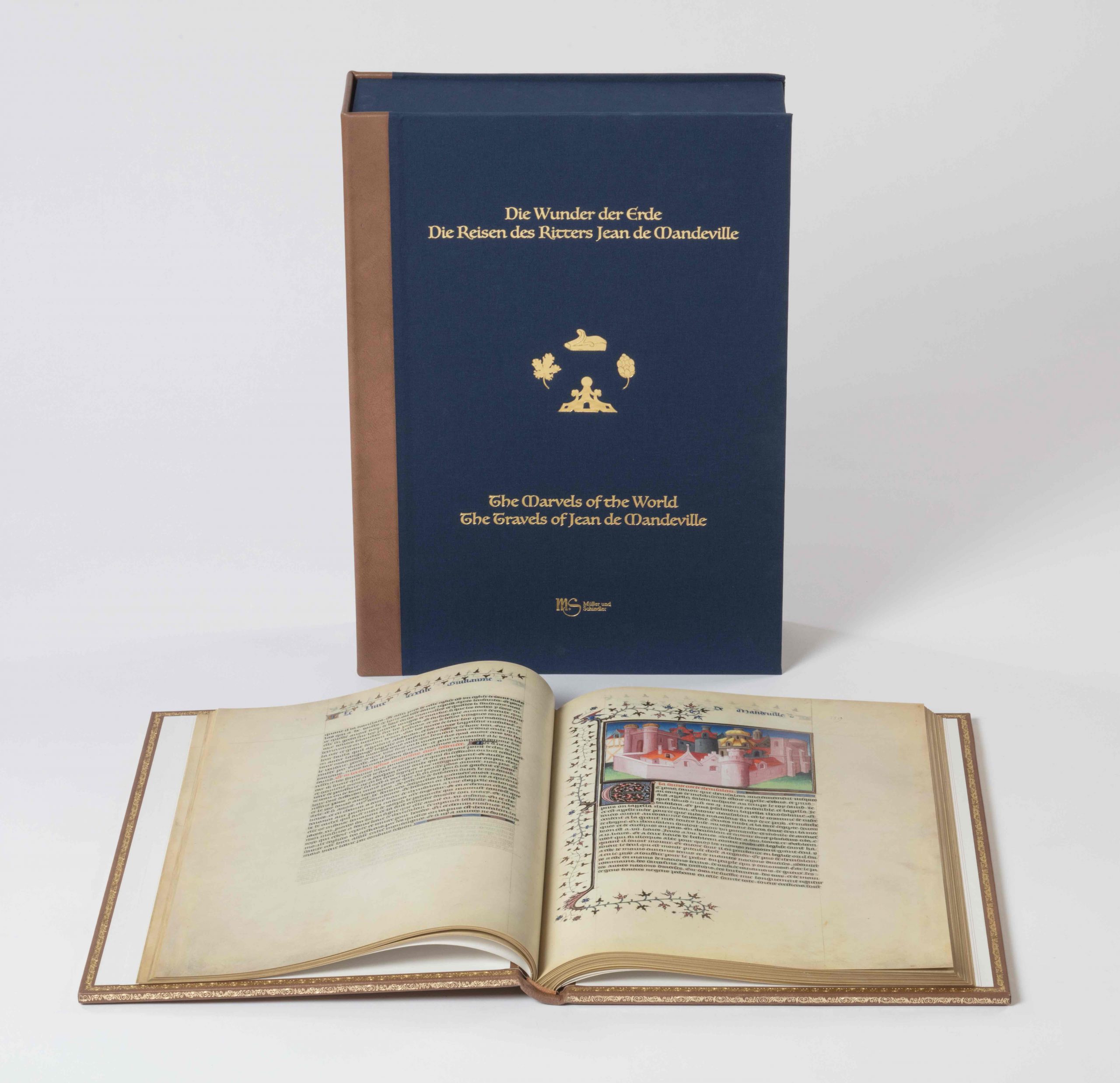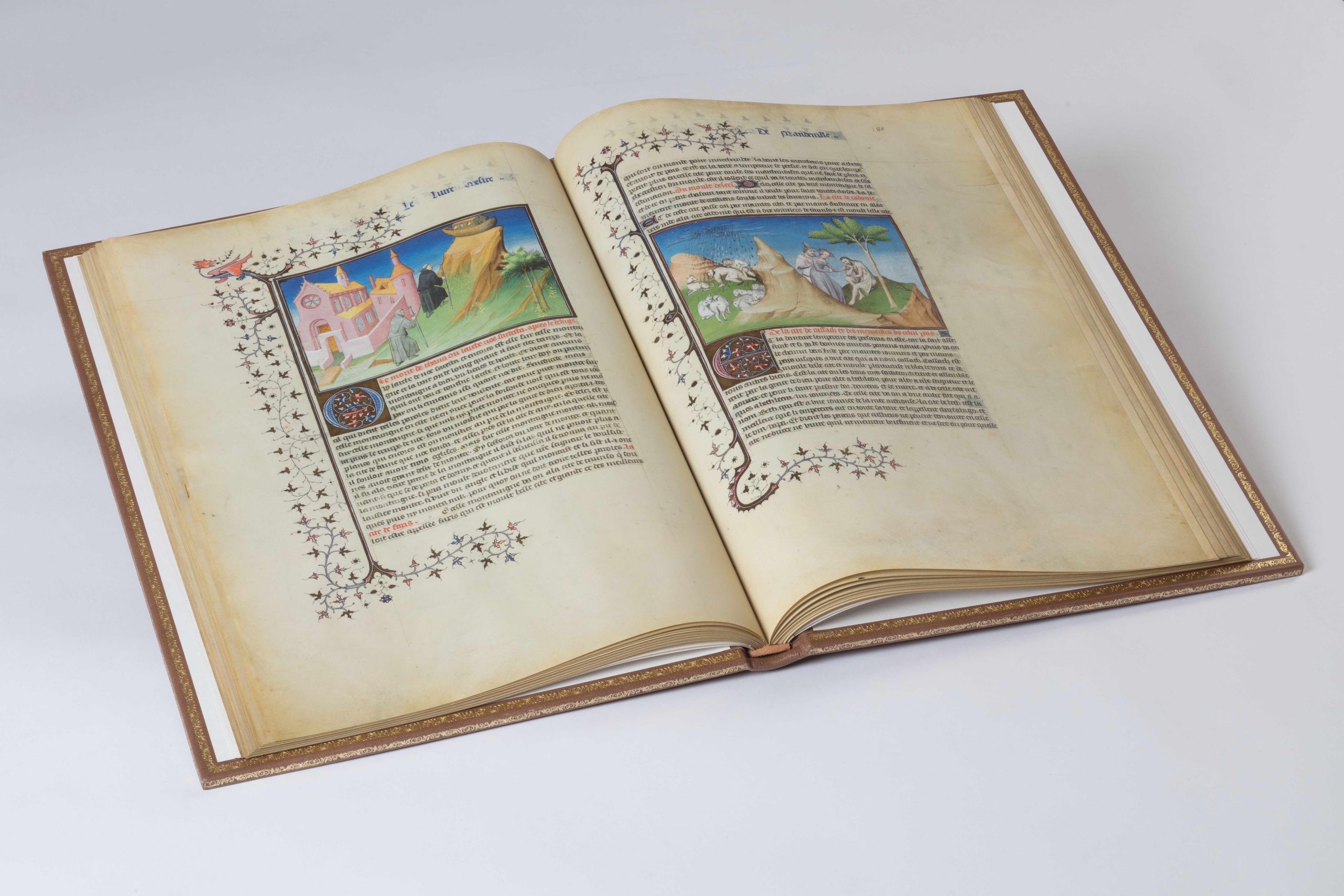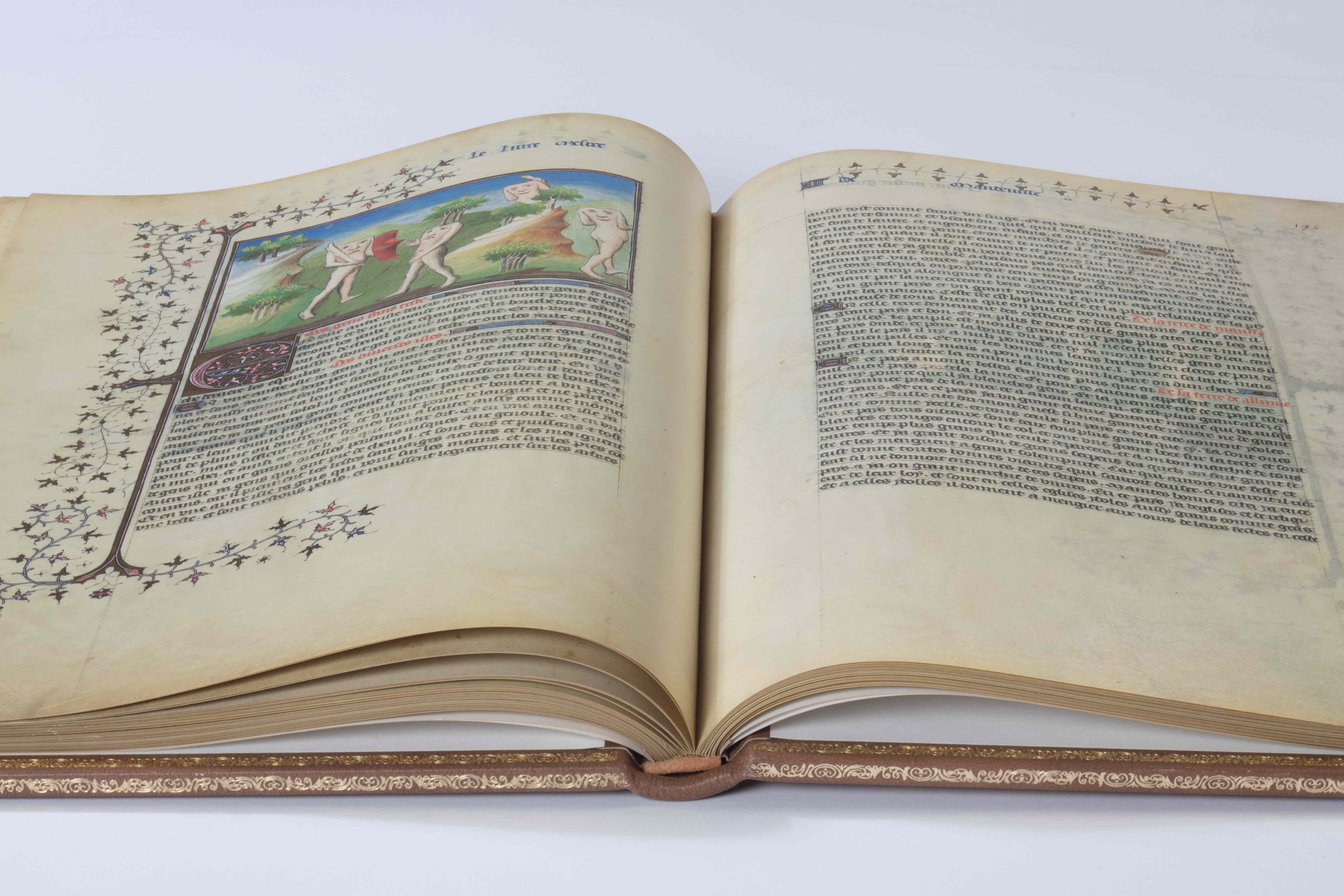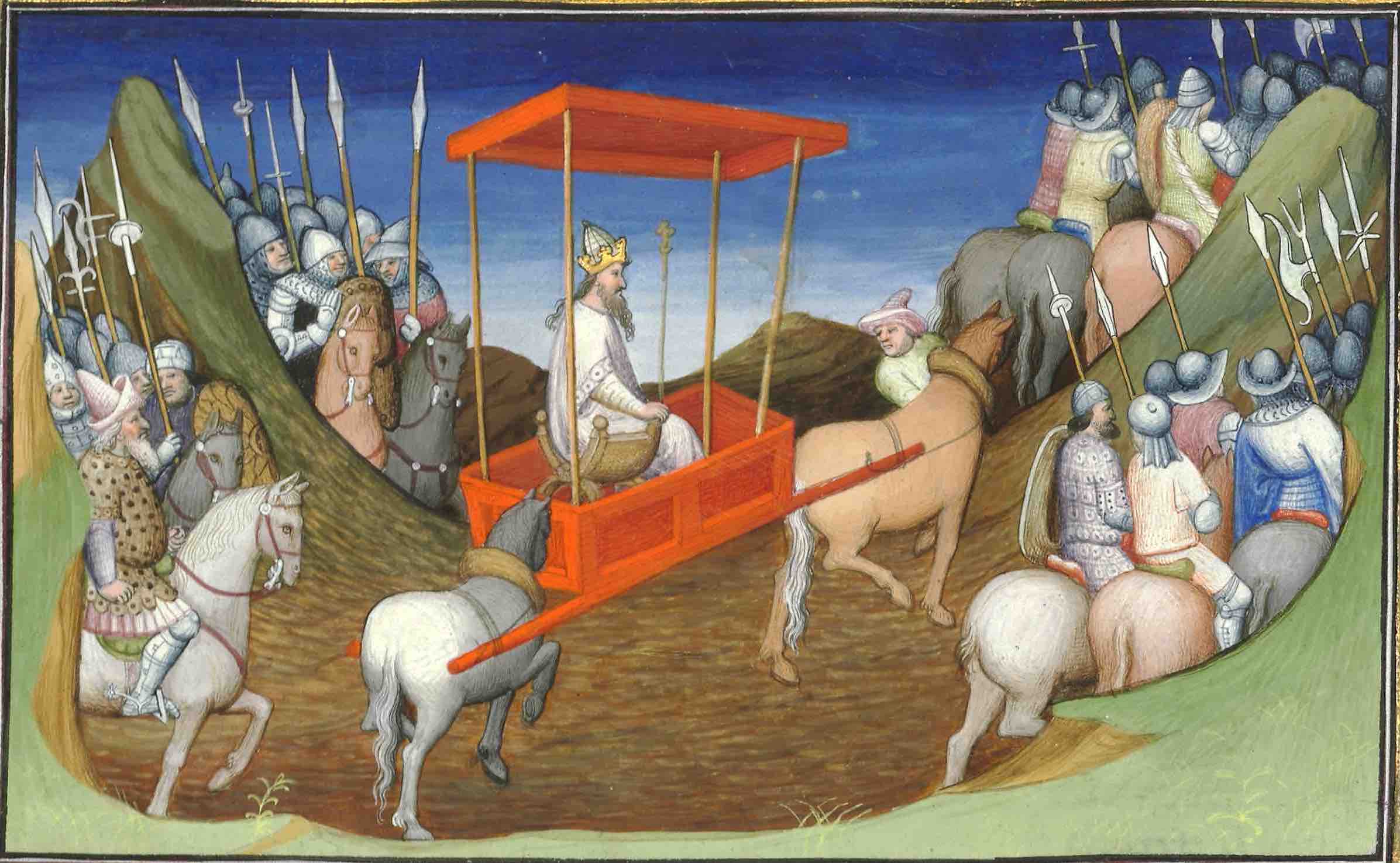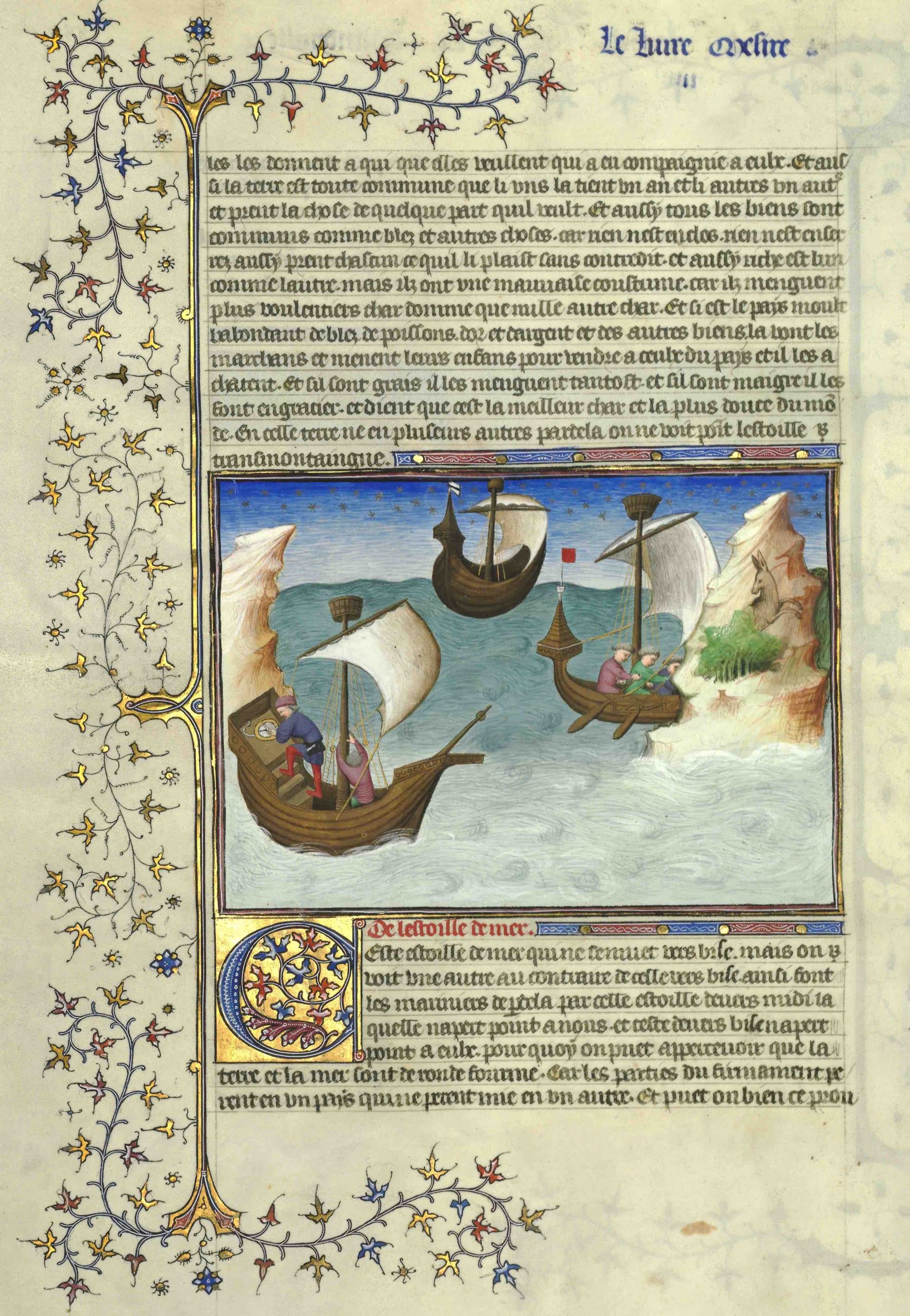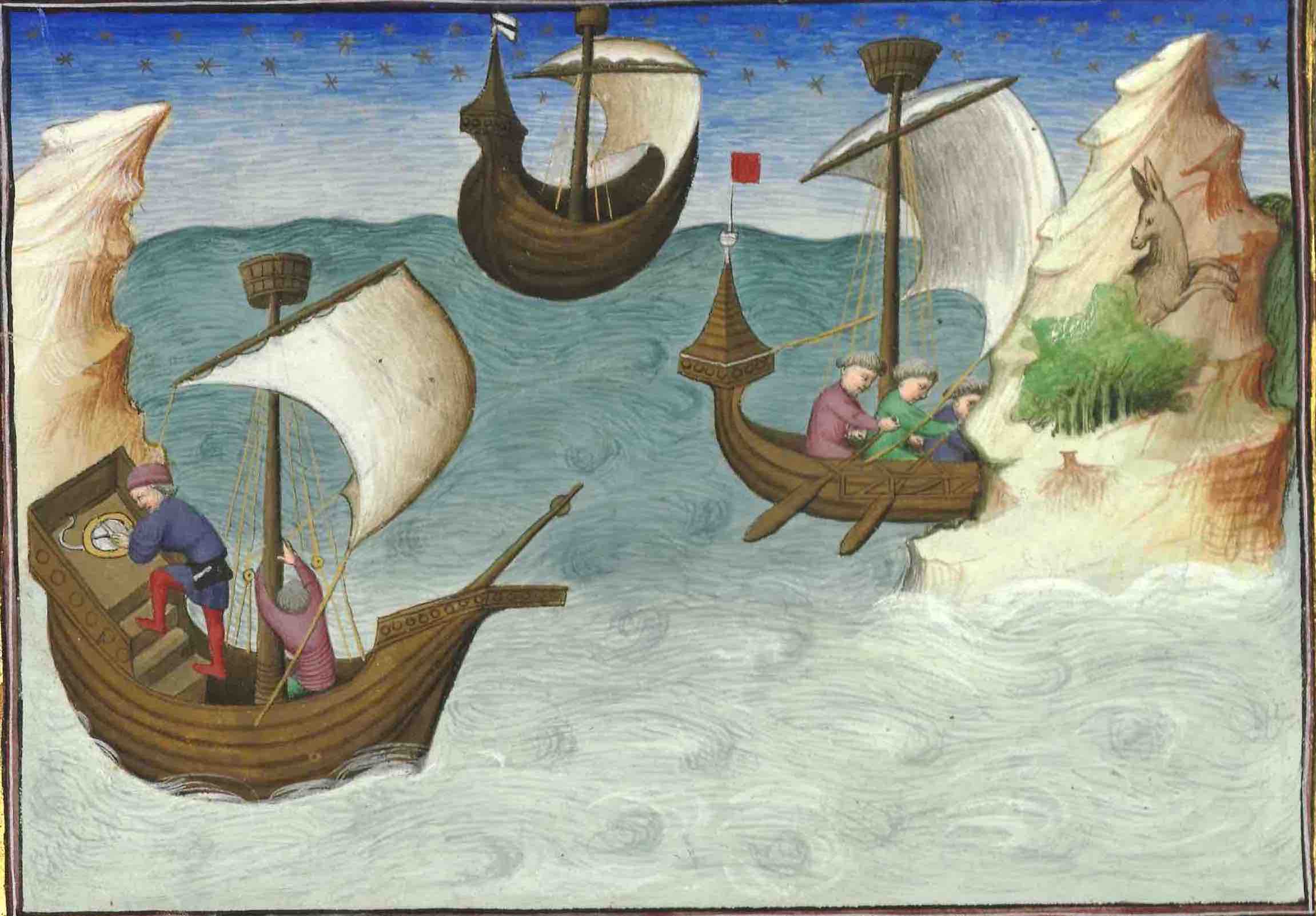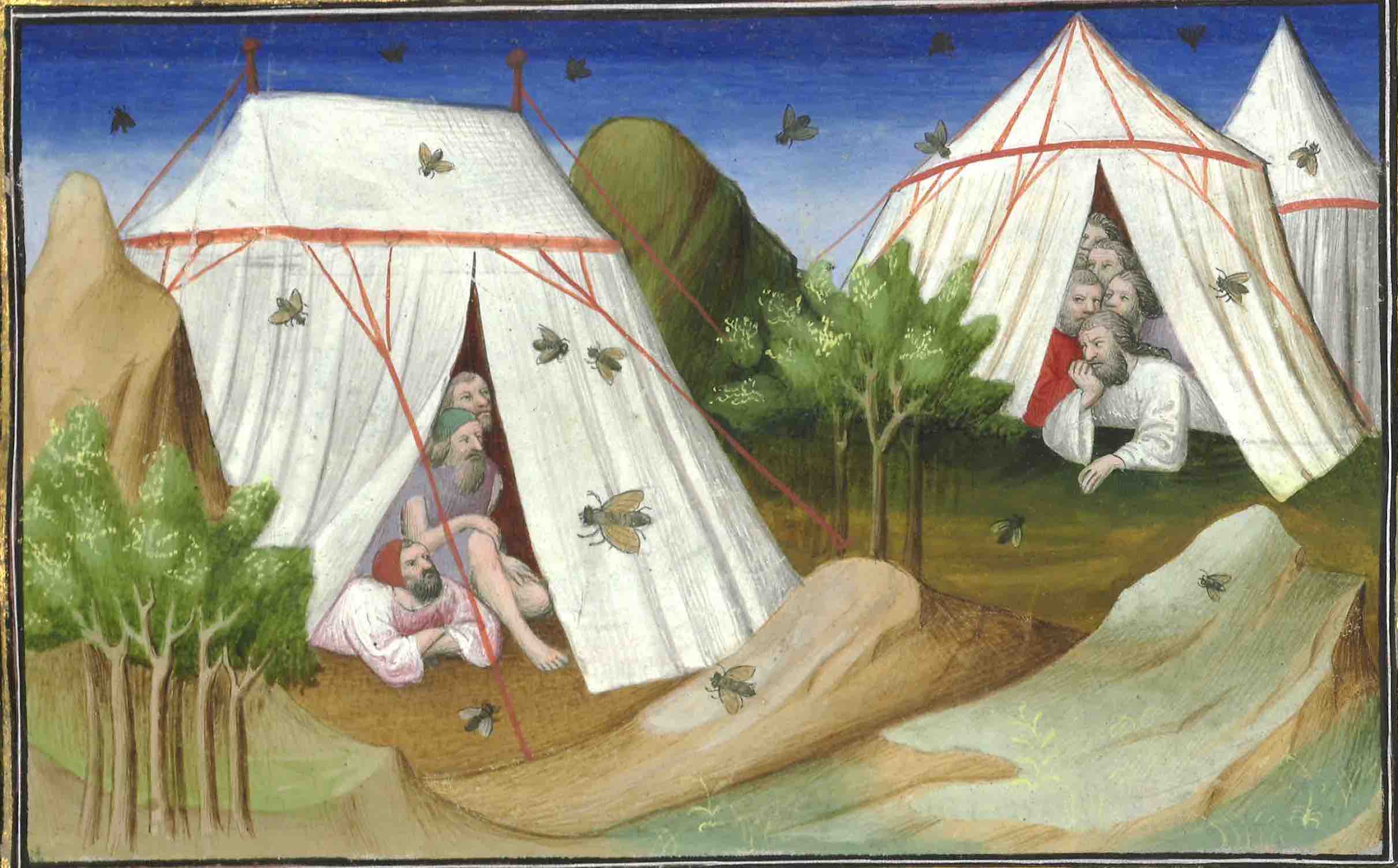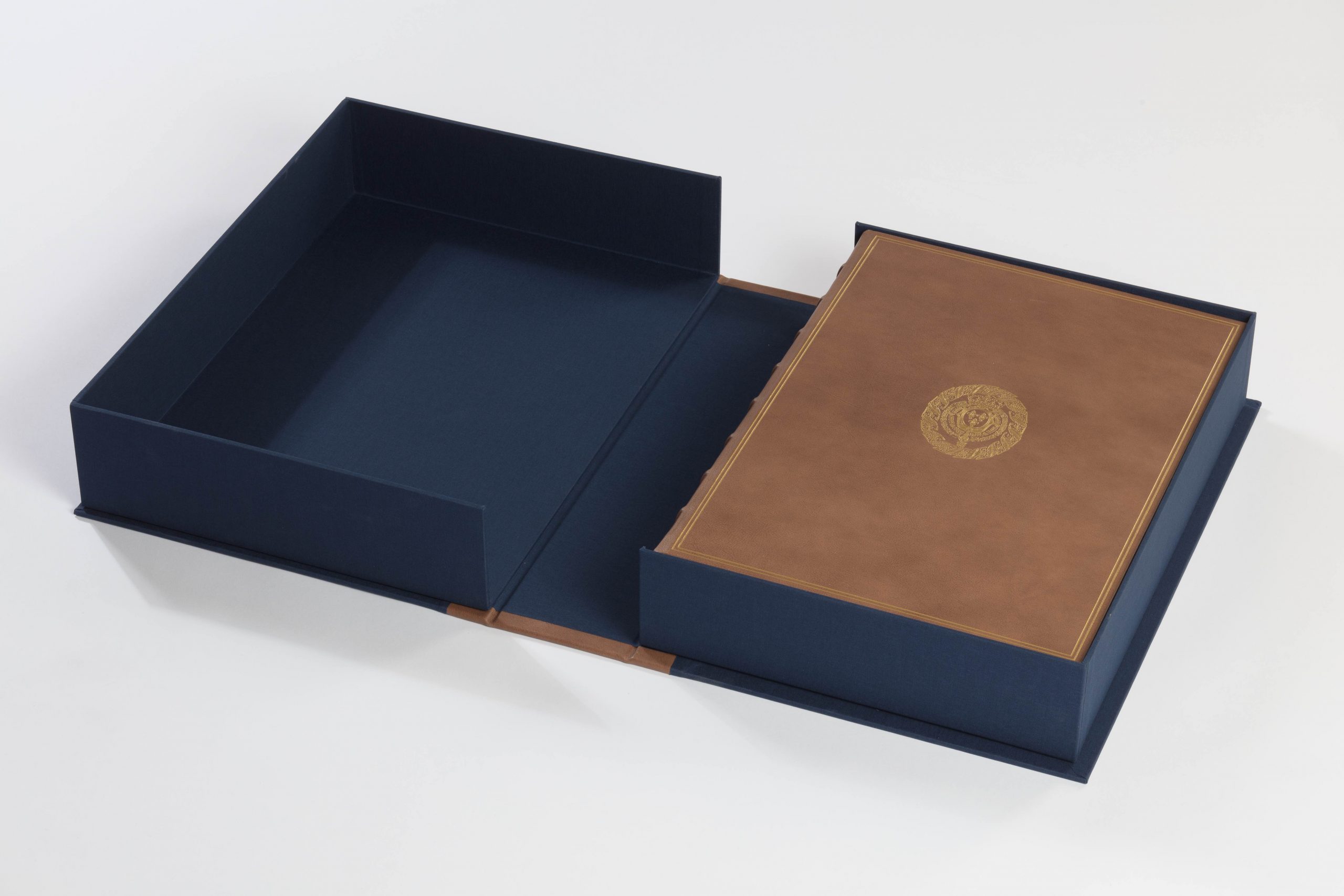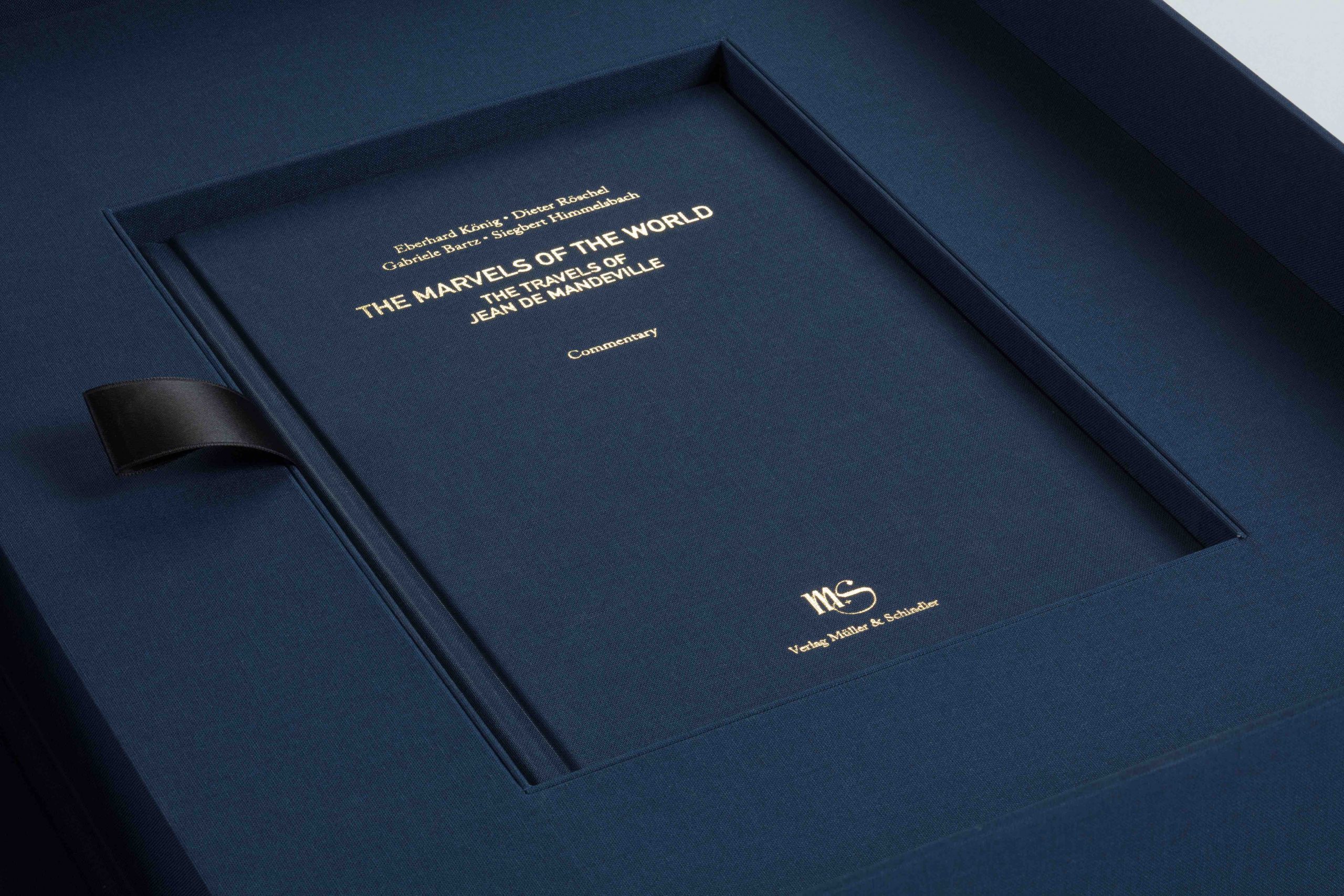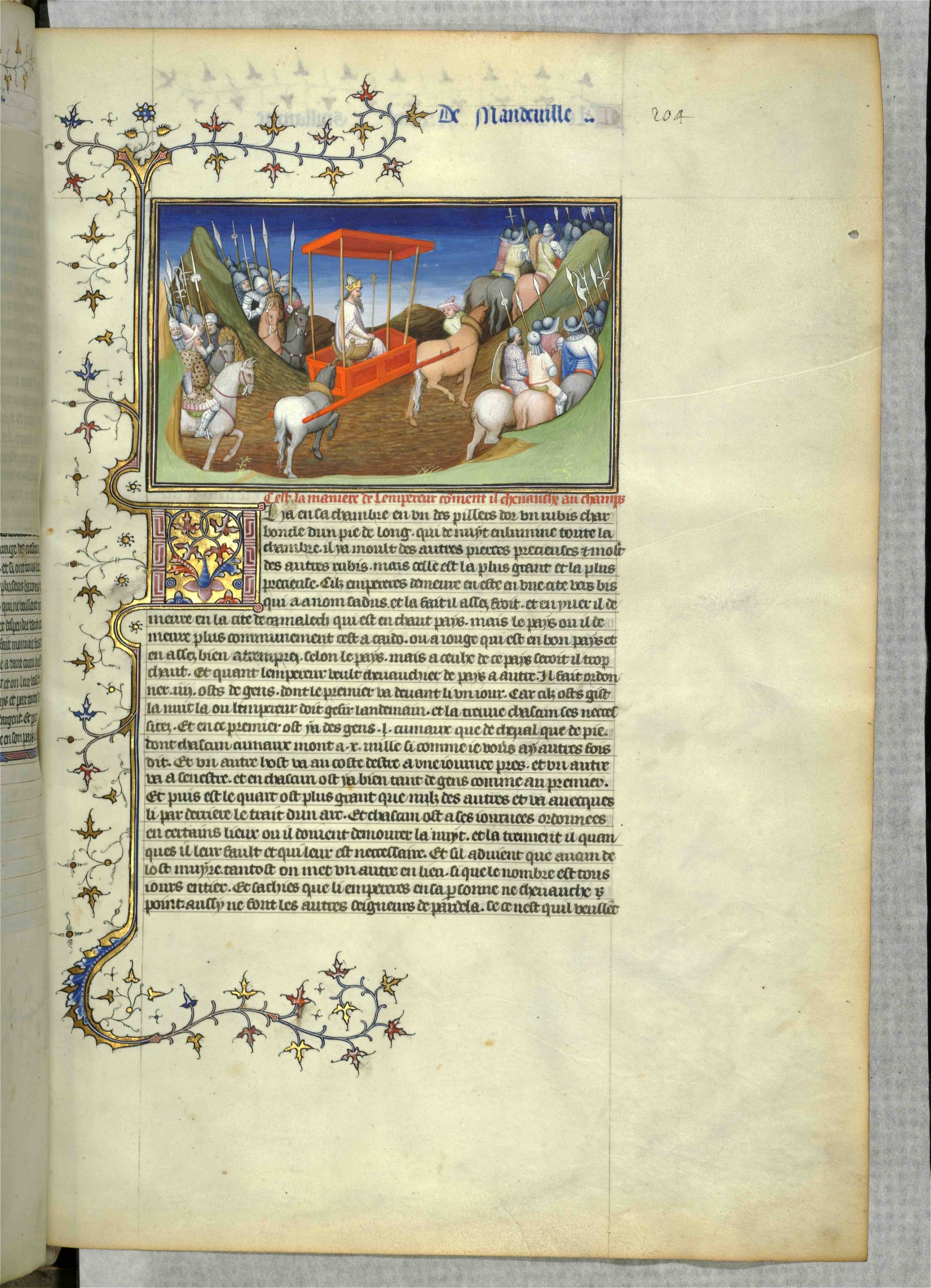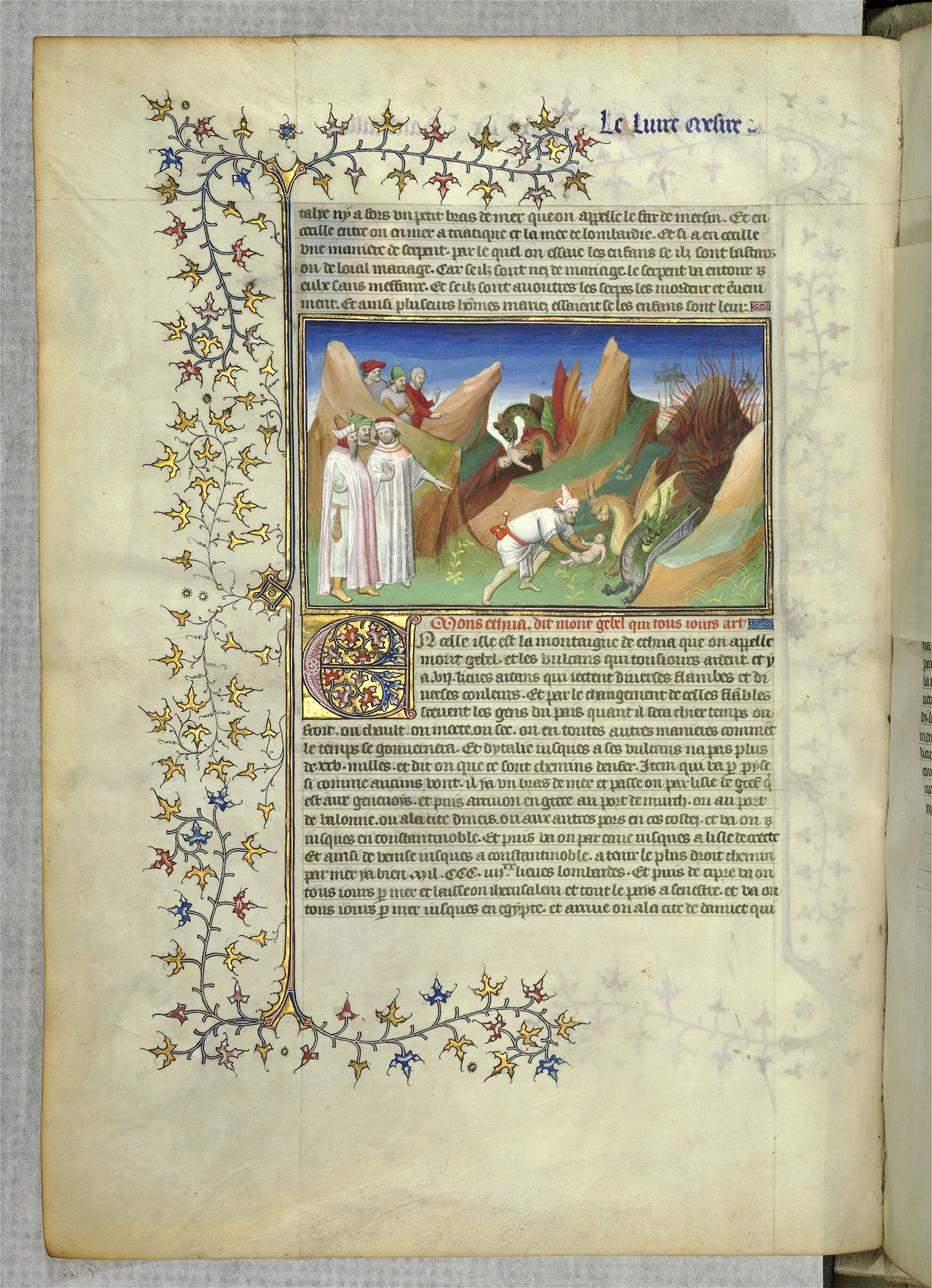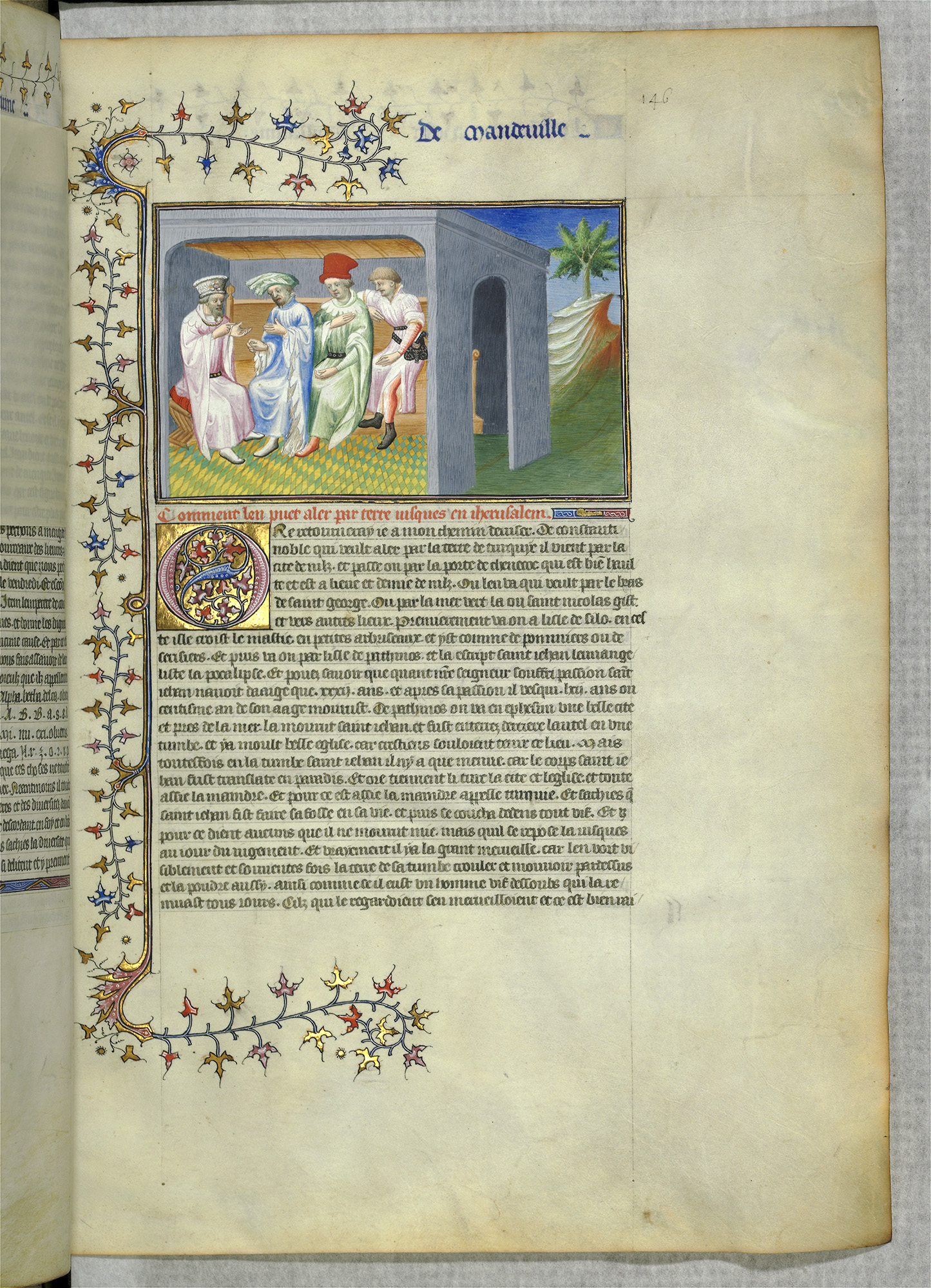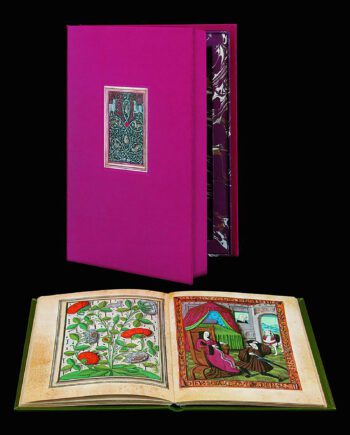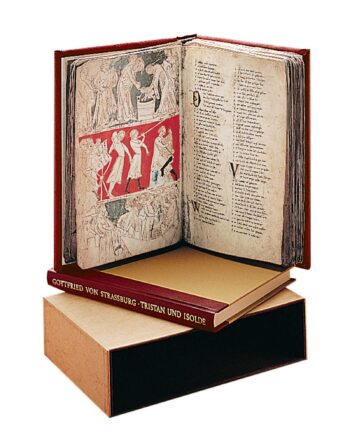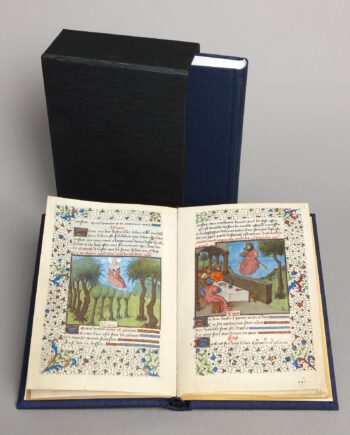Description
The Marvels of the World
The prospect of distant lands, the unknown and the exotic has always fascinated humankind. Things that lie beyond the horizon are seductive and alluring – and also threatening. To the western world of the Middle Ages, wonders and marvels in the Far East and holy and venerable places of pilgrimage in the Near East were both fascinating and mysterious.
The Travels of Jean de Mandeville
One book above all satisfied this interest in the late Middle Ages: the book of The Travels of Jean de Mandeville. In this work, thought to have been made in 1357, readers could gratify their curiosity about holy places across the seas and the exotic regions at the limits of the known world. The Travels of Jean de Mandeville, written in Middle French, rapidly became a bestseller, and was translated not only into Latin but also into many other languages, including German, Spanish, English and Czech.
Readers of this book had no reason to doubt its author’s experience of the world. He identifies himself in the text as Jean de Mandeville, an English knight who set out on his travels in 1322 and returned home in 1356, having travelled the world for over thirty years.
Even today, it is not certain who lies behind the pseudonym “Jean de Mandeville”. The most likely candidate is the Benedictine monk Jean d´Ypres (Jean le Long), who translated into French numerous 13th-century Latin works on holy places of pilgrimage in the Near East and the mysterious lands of the Far East.
74 miniatures tell of the fascination of the Orient
The stories of Jean de Mandeville occupy a prominent place, among other important works on the oriental world, in the Livre des merveilles, the Book of Marvels. This work, dating from the second decade of the 15th century, is regarded as one of the most magnificent manuscripts from a time that was full of precious manuscripts. 74 fascinating miniatures accompany the descriptions of The Marvels of the World. The engaging text is presented in double columns of 40 lines on 84 pages in a generous format (421 x 300 mm). Every page is embellished with gold and rich colours. Each miniature in this precious manuscript offers the reader a new and fascinating view of the marvels of the world, ranging from sacred places in the Holy Land to exotic scenes from the Far East.
74 miniatures produced by great masters
This gorgeous treasury of tales about the lands and marvels of the Far and Near East was completed in Paris between January 1410 and the end of 1412 for Johann Ohnefurcht, Duke of Burgundy. Some of the most talented and famous illustrators of the age were involved in its production, including the Master of the Mazarine Hours, the Master of the Cité des dames and the Egerton Master. With their innovative talents and exceptional artistry they were able to realise the unusual subjects of the miniatures – marvels and miracles for which there were no visual references – in a time when it was becoming the fashion to reproduce things in a realistic way, and when artists were beginning to convey the idea of three-dimensional space.
In the hands of the great bibliophiles
Political circumstances obliged the Duke of Burgundy to part with his beautiful book, which he gave at the beginning of 1413 to his uncle Jean de Berry. De Berry incorporated his own emblem into the book, and honoured it with a special place in his rich collection. His great-grandson Jacques d’Armagnac also added his mark to the book and made the addition of a miniature. The Book of Marvels later passed into the ownership of Charles d’Angoulême, and through his son Francis I of France eventually became part of the Royal Library, the basis of today’s National Library of France. Nowadays the book is held in the National Library under the shelf-mark Fr. 2810. Two decades ago the portion of the book describing the travels of Marco Polo was published in facsmile. A facsimile edition of The Travels of Jean de Mandeville is now being made available for the first time.
Here a link to our blog entry (in German): Ein moderner Reisebericht aus dem Mittelalter



